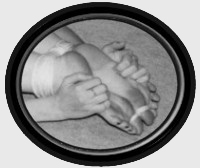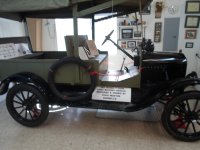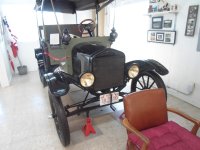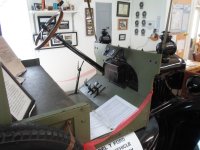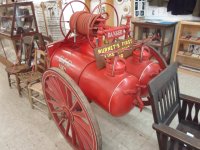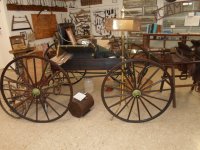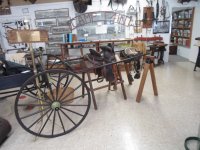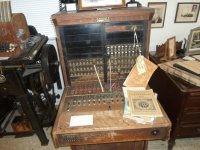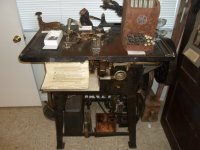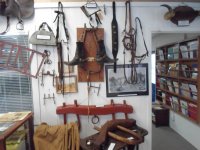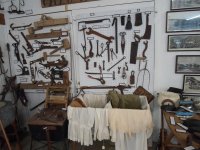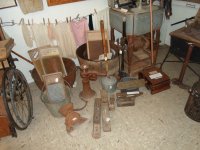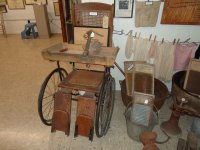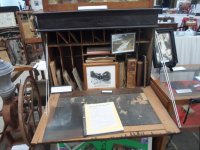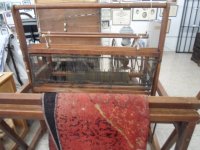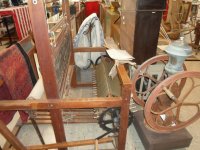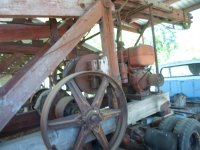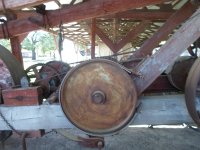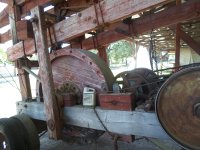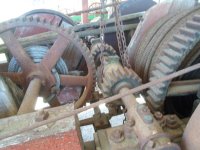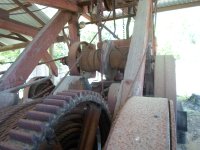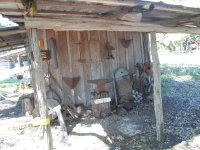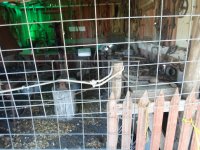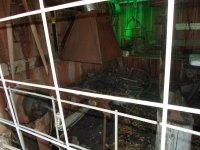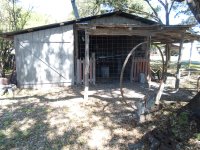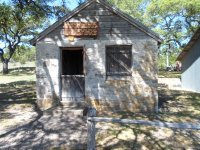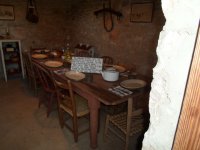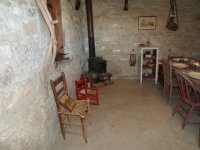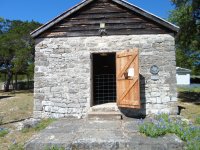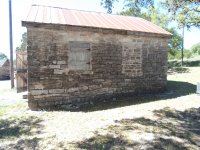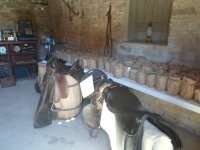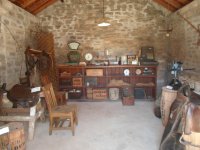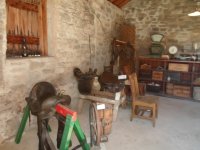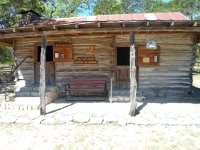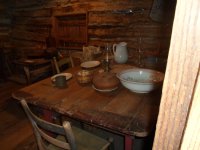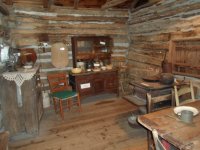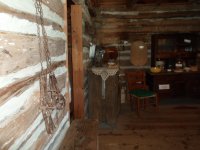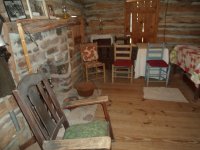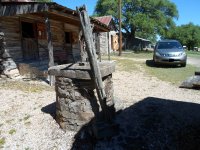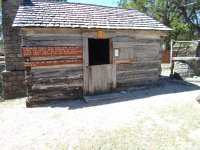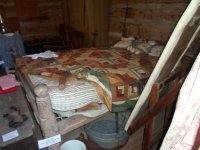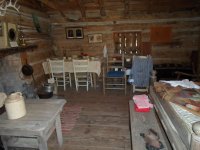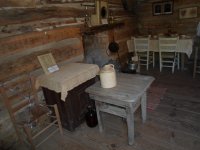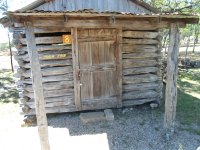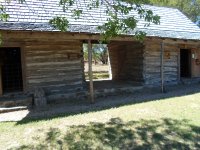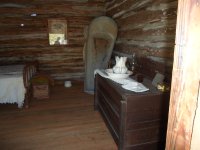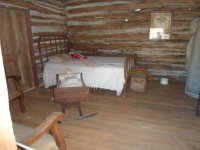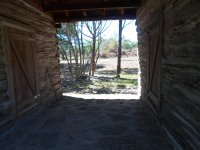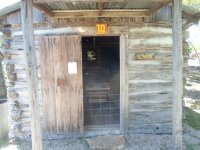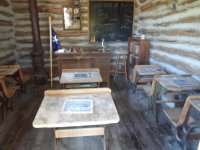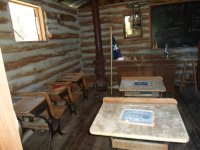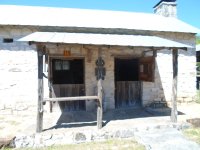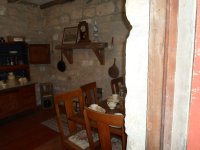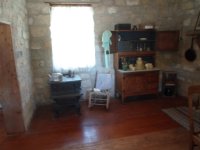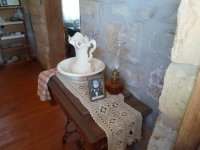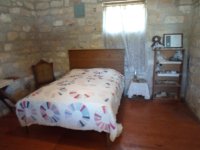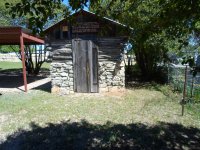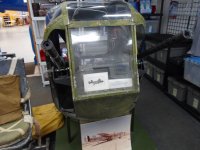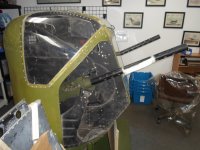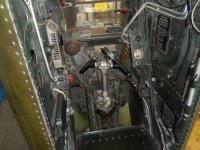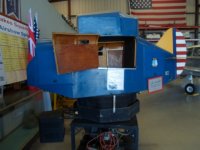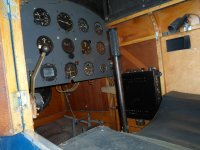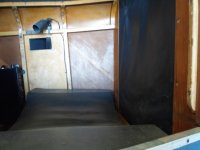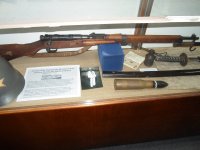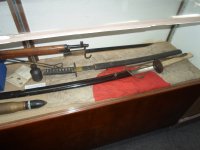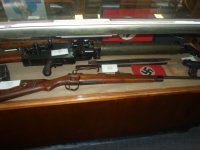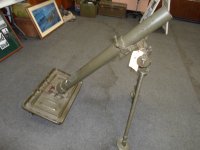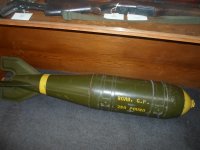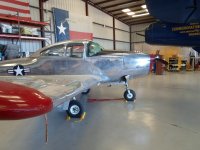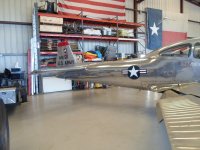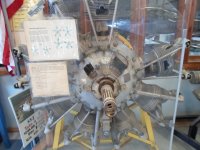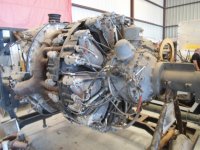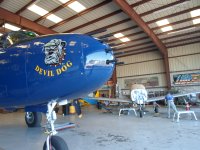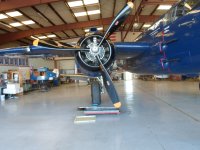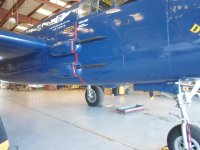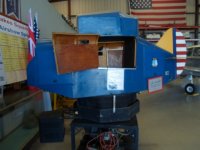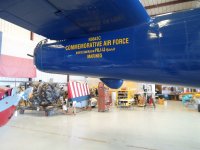The town of Burnet is the county seat of Burnet County, just over 50 miles northwest of Austin.
The earliest evidence of human habitation dates to 4,500 BCE. Later, bands of Tonkawa, Lipan Apache and Commanche called the area home. The Tonkawa and Lipan generally got along well with the early settlers but Commanche raids lasted for years. The Spanish built several missions in neighboring San Saba County in the 1740s-1750s but there is no evidence of their presence in Burnet County.
The first land grants were issued by Robertson's Colony in 1835 but it would be more than a decade before settlement began. In 1848 John P. Rozier built what is considered the first permanent home in the future county. The county was organized Feb. 1852 and named for David G. Burnet, first president of the provisional government of the Republic of Texas. First known as Hamilton, the town changed its name to Burnet in 1853.
The 1860 census counted 235 slaves in the county divided among sixty-nine owners. There were several large ranches in the area but soil conditions were not suited to large scale farming and unlike many places in Texas the plantation system was impractical. In the 1860s-1870s the county was truly the Wild West. In addition to Indian raids counterfeiters, cattle thieves and assorted outlaws inhabited the area. The cattle rustlers often disguised themselves as Indians to cover their tracks.
In 1882 the Austin and Northwestern Railway brought rail service to Burnet. Lines to Marble Falls and Llano followed in 1889 and 1892. In 1903 the Houston and Texas Railway connected the town to Lampassas. Rail connections enabled farmers and ranchers to expand the markets for their output but perhaps the biggest beneficiaries were the mine operators. The Granite Mountain Quarry provided material for the Capitol building in Austin, county courthouses across the state and the Galveston Seawall. The Great Depression largely brought mining to a halt but operations restarted in 1942 to aid the war effort.
The early settlers dreamed of harnessing the Colorado River as an energy source but early attempts ended in failure. It was not until the formation of the Lower Colorado River Authority in 1934 that progress was made. During the depression years Buchanan Dam (Lake Buchanan) and Roy B. Inks Dam (Inks Lake) were built. These projects, along with WPA and CCC projects provided badly needed jobs and enabled men to feed their families. Alvin J. Wirtz Dam (Lake LBJ) and Max Starke Dam (Lake Marble Falls) followed in the late 1940s and early 1950s.
The 2010 census counted 5,987 residents with 868 of those in the town of Burnet.
The earliest evidence of human habitation dates to 4,500 BCE. Later, bands of Tonkawa, Lipan Apache and Commanche called the area home. The Tonkawa and Lipan generally got along well with the early settlers but Commanche raids lasted for years. The Spanish built several missions in neighboring San Saba County in the 1740s-1750s but there is no evidence of their presence in Burnet County.
The first land grants were issued by Robertson's Colony in 1835 but it would be more than a decade before settlement began. In 1848 John P. Rozier built what is considered the first permanent home in the future county. The county was organized Feb. 1852 and named for David G. Burnet, first president of the provisional government of the Republic of Texas. First known as Hamilton, the town changed its name to Burnet in 1853.
The 1860 census counted 235 slaves in the county divided among sixty-nine owners. There were several large ranches in the area but soil conditions were not suited to large scale farming and unlike many places in Texas the plantation system was impractical. In the 1860s-1870s the county was truly the Wild West. In addition to Indian raids counterfeiters, cattle thieves and assorted outlaws inhabited the area. The cattle rustlers often disguised themselves as Indians to cover their tracks.
In 1882 the Austin and Northwestern Railway brought rail service to Burnet. Lines to Marble Falls and Llano followed in 1889 and 1892. In 1903 the Houston and Texas Railway connected the town to Lampassas. Rail connections enabled farmers and ranchers to expand the markets for their output but perhaps the biggest beneficiaries were the mine operators. The Granite Mountain Quarry provided material for the Capitol building in Austin, county courthouses across the state and the Galveston Seawall. The Great Depression largely brought mining to a halt but operations restarted in 1942 to aid the war effort.
The early settlers dreamed of harnessing the Colorado River as an energy source but early attempts ended in failure. It was not until the formation of the Lower Colorado River Authority in 1934 that progress was made. During the depression years Buchanan Dam (Lake Buchanan) and Roy B. Inks Dam (Inks Lake) were built. These projects, along with WPA and CCC projects provided badly needed jobs and enabled men to feed their families. Alvin J. Wirtz Dam (Lake LBJ) and Max Starke Dam (Lake Marble Falls) followed in the late 1940s and early 1950s.
The 2010 census counted 5,987 residents with 868 of those in the town of Burnet.
Last edited:
